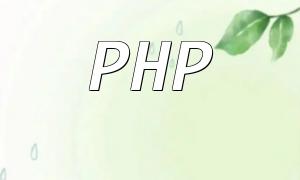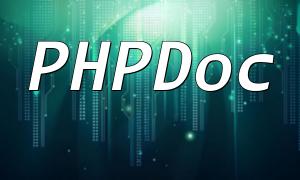The extension mechanism in PHP frameworks allows developers to extend or customize framework functionalities without modifying the core code. This is achieved through the concept of extension points, which open up specific parts of the framework to external logic, enabling modularity and scalability.
In most PHP frameworks, the core of the extension mechanism relies on interfaces or abstract classes. The framework defines key points in its process flow where custom logic can be injected by implementing these interfaces. This approach preserves the stability of the core while providing developers with flexibility to extend functionality.
Extension classes are typically required to implement specific methods that handle extension point events or add new features. For instance, a developer can add a custom middleware or extend the service registration process to adapt to specific project requirements.
In Laravel, the extension mechanism is implemented through Service Providers. A Service Provider is a core class responsible for registering services, events, or middleware within the framework. Below is an example of how to register a custom middleware in Laravel:
<?php
namespace App\Providers;
use Illuminate\Support\ServiceProvider;
class CustomMiddlewareServiceProvider extends ServiceProvider
{
public function boot()
{
$this->app['router']->aliasMiddleware('custom', \App\Http\Middleware\CustomMiddleware::class);
}
}
In this example, the CustomMiddlewareServiceProvider class registers a custom middleware called CustomMiddleware to Laravel’s routing system. Once registered, the middleware can be used throughout the application by referencing its alias.
After registration, you can use the custom middleware in your routes just like any built-in middleware. For example:
<?php
Route::middleware('custom')->get('/', 'HomeController@index');
This approach enables developers to enhance their applications without altering the framework’s core behavior, maintaining both flexibility and stability.
The PHP framework extension mechanism is essential for creating flexible and maintainable applications. By combining extension points with custom extension classes, developers can extend the framework’s capabilities based on project requirements, achieving high modularity and adaptability. Understanding this mechanism not only reveals key aspects of framework design but also helps developers improve efficiency and code quality in large-scale PHP projects.








